Silla Arts and Science Museum (신라역사과학관)
8.4 Km 27594 2023-04-07
33, Hadonggongyechon-gil, Gyeongju-si, Gyeongsangbuk-do
+82-54-745-4998
Silla Arts and Science Museum, opened in 1988, displays miniature models of scientific cultural assets in order to explore and educate how these assets are formed and preserved.
Gameunsaji Temple Site (경주 감은사지)
8.8 Km 26697 2020-04-04
Yongdang-ri, Gyeonju-si, Gyeongsangbuk-do
+82-54-772-3843
Gameunsaji Temple Site was built by King Munmu (AD 661-681), the king of Silla who unified Baekje and Goguryeo in the late 7th century. The purpose of the temple site was to pray for help and guidance from Buddha against Japanese invasion. Unfortunately, King Munmu passed away before the completion of the temple, and left a will to be cremated and buried in the East Sea so that he may reincarnate as a sea dragon in order to protect the country. As he wished, King Munmu's ashes were scattered at Daewangam of the East Sea. The temple was completed and was named by his son, King Sinmun (AD 681-692) in respect and appreciation for his father.
Gameunsaji Temple Site was rebuilt in 1979 based on the discovery of the site's foundation after two years of archeological research. The three-story stone pagoda at the temple site is a reminent of the early period of unified Silla, assembled with several parts which rise up to 13.4m high, known to be Silla's highest three-story pagoda.
Tomb of King Wonseong (경주 원성왕릉)
9.1 Km 12652 2020-04-04
139, Singyeipsil-gil, Gyeongju-si, Gyeongsangbuk-do
+82-54-779-6100
The tomb of the King Wonseong, 38th king of the Silla Kingdom (785-798) in Oedong-eup, Wolseong-gun, Gyeongju is Historic Site No. 26. The tomb is 21.9m in diameter and 7.7m high and is encircled by a stone fence decorated with twelve oriental zodiac images. The area is also home to a number of stone monuments that stand facing each other: Hwapyoseok (marking the border of the tomb), Muninseok (civil servant statue), Muinseok (military officer image statue) and Dolsaja (a stone lion that protects the tomb). Muinseok in particular is a favorite among visitors because of its exotic appearance. The statue is sometimes compared to a strong and charismatic person of Arabic or Persian descendant, much like the merchants who came to Silla in ancient times.
Gwaereung is styled after tombs of the Tang dynasty, but still retains all the characteristics typical of Silla tombs; namely, the stones around the tomb, the 12 oriental zodiac figures, the protective walls, and the decorative stonework.
Cheonggong [Korea Quality] / 청공한옥 [한국관광 품질인증]
9.4 Km 9380 2020-09-08
5-6, Igu 2-gil, Gyeongju-si, Gyeongsangbuk-do
+82-10-4577-5223
Cheonggong Hanok is a mere 10 minutes away from Bulguksa Station (Donghae Line) on foot. The two traditional Hanok buildings house 10 rooms. Once you enter the main gate, the harmonious scene of a big grassy yard, a very old pine tree, a small pond, and the graceful Hanok buildings welcomes you. The garden looks a bit exotic, but there is a back story to it. The first architect of the house did business in Japan with his wife living alone in Gyeongju but regretted not having spent a long time with her; thus, he came back to Korea, built the biggest house possible, and lived with his wife for the rest of his life. Afterward, his descendants took over it, named it after the architect, Cheonggong, and opened it as a Hanok stay. That is how the space where Korea’s traditional Hanok and Japanese garden were put together by the Korean architect who did an extended stint in Japan came to be. The table used by the couple is preserved in the garden for guests to look at. Although it is a traditional Hanok, every room is equipped with a TV, a refrigerator, an air-conditioner, and a bathroom to make the space comfortable to stay even for children.
Oryu Goarahaebyeon Beach (오류고아라해변)
9.4 Km 41219 2024-02-23
277-8 Oryu-ri, Gampo-eup, Gyeongju-si, Gyeongsangbuk-do
Oryu Goarahaebyeon Beach, located near Gampo Port, is known for its soft sand and is famous for sand baths. It's an ideal spot for camping, boasting a 1km stretch of white sandy beach, shallow waters, and a lush pine forest. Within the pine forest, there's a campsite where visitors can enjoy caravan or tent camping. During the summer, marine leisure facilities like banana boats and motor boats are available. Nearby tourist attractions include Songdaemal Lighthouse and Gampo Marine Park.
Songdaemal Lighthouse (송대말 등대)
9.4 Km 25094 2024-02-08
18-94 Cheoksa-gil, Gampo-eup, Gyeongju-si, Gyeongsangbuk-do
Songdaemal Lighthouse was constructed for maritime safety off the coast of Gampo Port. Its name "Songdaemal" signifies "the end of the pine trees". It was initially built as a manned lighthouse and underwent a comprehensive overhaul in 2001. The renovation was designed to resemble the three-story stone pagoda at the Gameunsa Temple Site. Near the lighthouse is the Songdaemal Light Exhibition, displaying information about the lighthouse and various sea-related materials. Additionally, visitors can enjoy a leisurely stroll on the trail in front of the lighthouse. This location is also renowned for its stunning views of the sunrise over the east coast.
Tomb of King Munmu (경주 문무대왕릉)
9.7 Km 58932 2023-01-02
1366-9, Donghaean-ro, Gyeongju-si, Gyeongsangbuk-do
+82-54-779-8743
A little rocky islet approximately 200 meters from the shore at Bonggil-ri is the Tomb of King Munmu (AD 661-681), who unified the three kingdoms and became the 30th ruler of the Silla Kingdom. The king gave specific instructions to be buried in the East Sea after his death so that he would become a dragon and protect Silla from foreign invaders. The rocky island, about 200 meters in circumference, is divided by a cross-shaped waterway, forming a pool at the center, at the bottom of which is a granite stone 3.6 meters long, 2.9 meters wide and 0.9 meters thick. Legend has it that the remains of King Munmu’s cremated body are buried under this rock. Historians still debate whether the ashes of the King Munmu were scattered or stored in an urn and placed under the rock.
GyeongjuCheonnyeonhanok Pension [Korea Quality] / 경주천년한옥펜션 [한국관광 품질인증]
10.5 Km 9165 2020-09-09
86-61, Sidong-ro, Gyeongju-si, Gyeongsangbuk-do
+82-10-9898-3995
Cheonnyeon Hanok Pension, located in Sirae-dong, Gyeongju-si, Gyeongsangbuk-do, was newly opened in April 2014. The owner discovered this geomantically ideal site, with a mountain to its rear and a river to its front, and constructed a 238m2 hanok on a 1,778m2 plot of land. The hanok is a ‘ㄱ’-shaped structure consisting of two floors above ground, with the guest accommodation situated on the first floor. The pension was named ‘Cheonnyeon Hanok’ to represent the owner’s wish that the house be preserved for over a thousand years (“cheon nyeon”). It is set amid a beautiful landscape and commands an open view of the nearby pine grove, a large pond, fields, and Tohamsan Mountain. The house is built of pine wood and red clay, and features an eco-friendly geothermal floor heating system and double-layered doors to keep out drafts. Although the outer yard is covered with gravel, the spacious grassy inner courtyard of the bonchae building is equipped with benches, and serves as both a playground for children and a relaxing space for adult guests. The garden is notable for its well-tended flowers and trees. The pension has 6 guestrooms including four single rooms (23m2); one room (29m2) with a numaru (upper floor) that can accommodate 3 to 5 people; and a two-room (46m2) suite that can accommodate 4 to 10 people. Maehwa-bang (single room) is characterized by rafters and a ‘井’-framed ceiling; Mogryeon-bang (two rooms) is a large guestroom that can accommodate two to three families, and has a sliding door in the middle for convenient use of the space; and Yeonggot-bang has an upper floor equipped with a BBQ facility. Large family groups tend to rent the Yeonggot-bang and an additional room. Other guests can also use the separate BBQ site in the courtyard. (Grill and charcoal: KRW 15,000 per 4 persons) Each room has a pleasant, clean interior and is equipped with a TV, fridge, air-conditioner, bathroom, sink, electric rice cooker, kettle, induction plaque, and Internet. The pension boasts a beautiful nighttime view of Joyang Reservoir, Tohamsan Mountain, and a pavilion of Bulguksa Temple. Guests can enjoy fishing in the reservoir and walking up the low mountain or strolling along the path through the pine grove. The pension also offers various folk games including Tuho (Arrow-throwing), Jegichagi (Korean shuttlecock game), Yunnori (traditional Korean board game) and kite-flying free of charge. In addition, it is close to a number of Gyeongju’s major tourist attractions including Seokguram Grotto and Bulguksa Temple, and is only 20 minutes’ drive from Gampo, Jusangjeolli Cliff, and the Royal Tomb of King Muyeol. Cheonnyeon Hanok Pension is particularly popular among families and groups.
Gyeongju-si Special Tourist Zone (경주시 관광특구)
10.8 Km 12803 2023-01-03
614, Gyeonggam-ro, Gyeongju-si, Gyeongsangbuk-do
+82-54-779-6084
Gyeongju was the capital city of the ancient kingdom of Silla. The city is often referred to as a “museum without walls” because of the many cultural relics scattered throughout the city. Almost everything in this city, from the streets to the mountains, is rich in history. Gyeongju has roughly 300 sites that have been designated as a cultural heritage, with some of them being UNESCO-recognized World Heritage Sites.
The Gyeongju Special Tourist Zone includes the districts of Namsan, Wolseong, Daereungwon, Hwangryongsa, and Sanseong. This area has a total of 52 cultural assets registered on the World Heritage list. Many of the hills are actually royal tombs and fields of grass used to be sites of ancient temples.
The entire Namsan Mountain can almost be considered a cultural asset because of the many stone pagodas and Buddha statues that can be found here. The Bulguk district is home to many of Gyeongju’s most well-known attractions such as Bulguksa Temple, Seokguram Grotto, Gyeongju Folk Village, Silla Arts and Science Museum, and Goereung.
In the Bomun district, there are plenty of recreation facilities surrounding Bomunho Lake. Other attractions in the area include Gyeongju World Culture Expo Park, Gyeongju World, and Silla Millennium Park.
[Gyeongju Special Tourist Zone]
Areas included: Downtown area, Bomun Lake Resort, and Bulguksa Temple in Gyeongju-si, Gyeongsangnam-do
Area size: 32,650,000㎡
Tourist Attractions: Bulguksa Temple, Seokguram Grotto, Daereungwon Tomb Complex, Namsan Mountain, Bomunho Lake, Shilla Millennium Park, Gyeongju World Culture Expo Park, etc.
BENIKEA Swiss Rosen Hotel Gyeongju (베니키아 스위스로젠 호텔 (경주))
10.9 Km 16540 2019-11-04
465-47, Bomun-ro, Gyeongju-si, Gyeongsangbuk-do
+82-54-748-4848
Swiss Rosen Hotel, located inside Gyeongju Bomun Complex, boasts sophisticated interior design and cozy guestrooms. Also, in addition to free services such as Wi-fi Internet, bike rentals, outdoor movie screening, and guest pick-up, the hotel offers easy access to several exciting adventures on the nearby Bomun Resort, including horseback riding, hiking trails, golf courses and Bomun Lake.
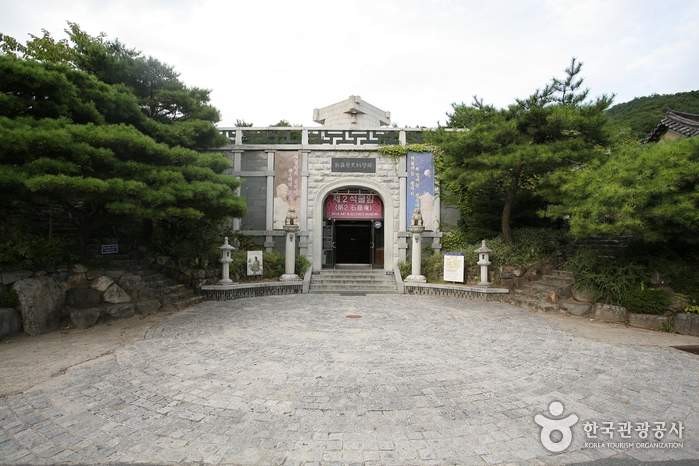
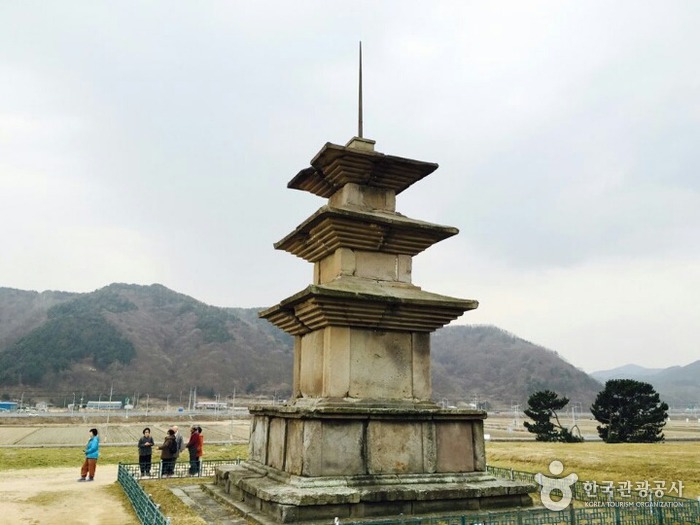
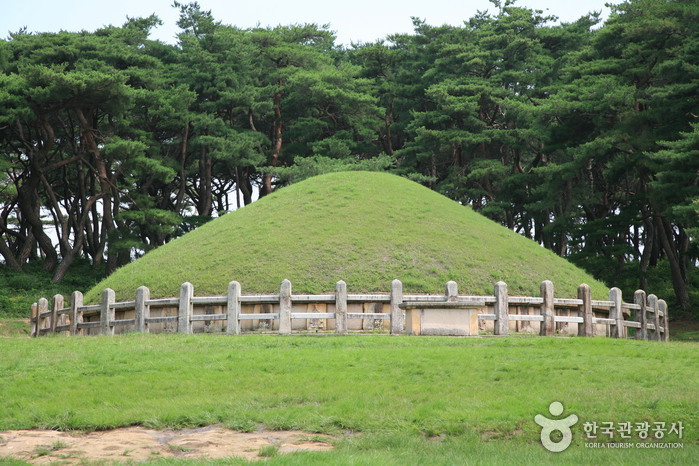
![Cheonggong [Korea Quality] / 청공한옥 [한국관광 품질인증]](http://tong.visitkorea.or.kr/cms/resource/69/2637169_image2_1.jpg)
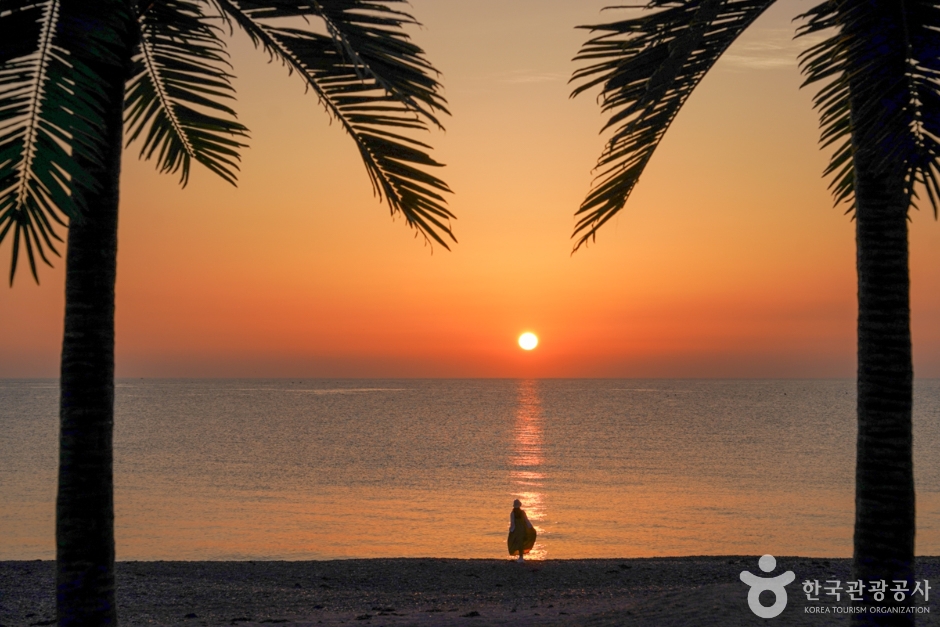

![GyeongjuCheonnyeonhanok Pension [Korea Quality] / 경주천년한옥펜션 [한국관광 품질인증]](http://tong.visitkorea.or.kr/cms/resource/35/2635535_image2_1.jpg)
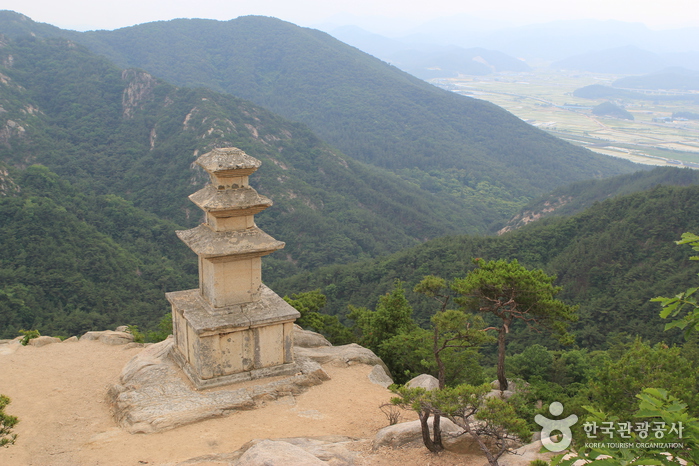
 English
English
 한국어
한국어 日本語
日本語 中文(简体)
中文(简体) Deutsch
Deutsch Français
Français Español
Español Русский
Русский